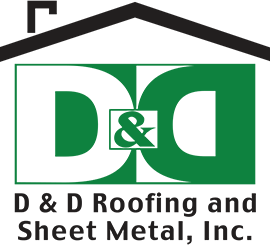In every region across the United States, sloped roofs are very popular; and this is very much the case in Nevada. Homeowners here simply love how pitched roofs make their homes look much bigger and appeal to their taste. Additionally, those who retain the ceiling can build attics out of the inner roof space, whereas those who remove the ceilings can enjoy grand and spacious interiors.
However, sloped roofs are not without problems. Here are the most prevalent ones you need to keep in mind when considering this type of roof for your home.
Sloped roofs are more expensive than flat ones
Roofing contractors will be more than happy to construct sloped roofs for you, mainly because they’ll earn more from it. This is because:
- The raised design of sloped roofs means that these have a greater surface area than flat roofs. Given that, they require more materials and effort to build.
- The overall engineering of the house must be able to withstand the extra weight tacked on by slanted roofs, which means that the supporting structures require even more materials and take longer to construct.
- These require specialized skills to build.
- Roofers take on more safety risks the steeper the roof gets.
And the higher costs don’t stop at construction. Because of the same reasons already provided, maintaining and repairing sloped roofs are more expensive than for flat roofs. Furthermore, pitched roofs aren’t normally built to withstand the weight of people, so if roofers are not careful, they may cause damage or create weak spots while doing maintenance or repair work.
Those with sloped roofs pay more for heating
In places with warm climates, sloped roofs let hot air rise above most of the living spaces in the house. While this is good for lowering cooling costs, the inverse is true for heating costs. Therefore, if you live in colder regions, you better have the budget to crank up the thermostat and/or the strength and skills to chop up firewood yourself.
Pitched roofs are more prone to wind and rain damage
The steeper a roof is, the greater the surface area exposed to wind. And when winds get powerful enough, they can slip under seams and crevices and rip shingles and other outer layers from the roof. In worst-case scenarios, sloped roofs are peeled from their attachments.
Rain can also cause significant damage to pitched roofs over time. This is because these structures tend to be weakest where the slopes meet at the seams. Their weakness is often due to improper installation or inadequate sealing, but even excellently constructed seams can degrade over many seasons of hot and cold weather. When the roof has inconsistent slopes or does not have proper drainage routes, rainwater can collect in the gaps of compromised seams and ultimately leak into the house.
As you can see, there is a significant price to pay to enjoy the beauty and grandeur of sloped roofs. With [company_name], you can be sure that you get your money’s worth. We have built countless gorgeous pitched roofs across Nevada and we offer comprehensive roof insurance coverage to all of our clients for their complete peace of mind. Drop us a line — let’s discuss how you can have your dream roof today.


